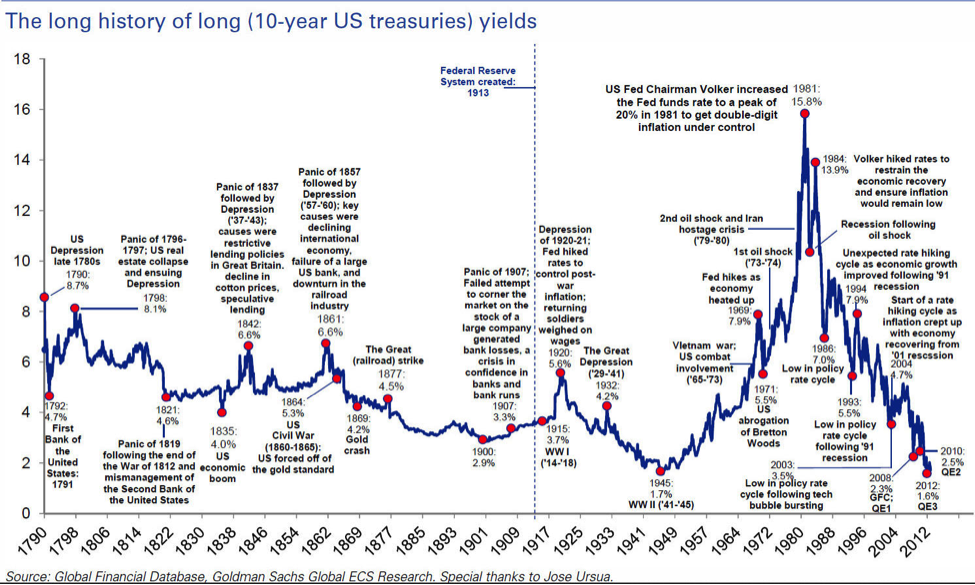Leading indicators and Philly Fed fail to lift bond prices
Post on: 14 Апрель, 2015 No Comment

The rush of blood that ran to the heads of bond traders around the world created by the allure of further quantitative easing appears to be finally wearing off. Dazed traders are now coming to their senses and realizing that even though this is a done deal for the world’s largest bond market in the U.S. it isn’t likely to be repeated the world over except in Britain. And since economic data is hardly lurching to the downside investors are starting to lighten the load a little tipping yields marginally higher. A tepid reading from the U.S. Conference Board for leading indicators along with a below consensus reading from the Philadelphia Federal Reserve failed to spur gains for bond prices.
European bond markets – German bunds have now fallen in price for two of the last seven days since prices peaked on October 12 at 132.36. Even on that day, the candlestick pattern depicted a reversal with intraday gains quickly turning to a loss for the contract by the day’s end. The 10-year yield added a further two pips this morning at 2.46% with the December contract 20 ticks lower at 129.75. German yields are rising faster than across other core bond markets as investors figure out that now that Europe’s manufacturing hub has swung back into action, the financial crisis has left a less damaging hallmark on the economies of the Eurozone. In turn that means that no more bond buying is necessary, at least in the major economies. It also means that markets are giving greater emphasis to the recent words of Juergen Stark who argued that an extended period of monetary easing could be harmful. Axel Weber faced the wrath of ECB President Trichet for making similar comments. Diffusion index data today showed the rude health of the heartland of Europe with an unexpectedly firm reading for manufacturing data.
Eurodollar futures – Initial unemployment insurance claims fell by a larger than forecast 25,000 to 452,000. However, courtesy of a revision, the data was in line with predictions. But the dollar did stage a decent rally as investors digested the data and perhaps the optimism was based on the big outright decline in the headline number. Going forward a further bout of quantitative easing is supposed to work its way through to final demand and build business and consumer confidence. If that works according to plan initial claims will drop further and today’s data, while still admittedly high, isn’t a bad starting point for better times ahead once the Fed delivers QEII. December treasury note futures are lower by 10 ticks at 126-24 to yield 2.509%. Eurodollar prices drifted three ticks lower.
British gilts – Gilts are the exception today with yields falling following yesterday’s detailed Comprehensive Spending Review by Chancellor Osborne. Economic data also spurred higher bond prices sending yields lower by an additional five basis points to 2.937%. Retail sales data was weaker than expected while mortgage approvals at a 17-month low instill little confidence in the housing market in the face of increasing public sector job losses and a broadly cooler economy during 2011. The onus lies now with the Bank of England as the party who can relax monetary conditions. Minutes from the October monetary policy meeting essentially warned that the Bank’s bond buying program would start again. Short sterling futures rallied three basis points.
Australian bills – Strong Chinese growth data upset Australian credit markets on Thursday. A 9.6% third-quarter pace of growth was accompanied by a consumer price index reading for September of 3.6% marking a two-year high. This largely explains the surprise tightening of interest rates by the Peoples Bank of China this week. Short dated interest rate futures fell in price sending implied yields three basis points higher as dealers expressed concern that the need to rein in China’s economy could add pressure on the Reserve bank to do the same. Government bond yields added three basis points to close at 5.122%.
Canadian bills – Despite the recent remarks from the Bank of Canada hinting that a firmer Canadian dollar would act as a brake on growth was reiterated in overnight comments from Governor Carney. The Canadian economy is partially slave to the U.S. economy but also benefits from growing demand for its abundant mineral resources. The dip in U.S. credit markets is today weighing on Canadian fixed income prices where the December government bond future is lower by 18 ticks at 126.85. Short-dated bills have also seen losses of around three basis points in line with declines in Eurodollar futures.
Japanese bonds – Japanese government bond futures saw little action with the December contract falling just six ticks to close the session at 143.58 to yield 0.875%. The Bank of Japan remains busy trying to figure out how it can expand the reach of a recently formed bond fund to create maximum impact just where business and consumers need it.














